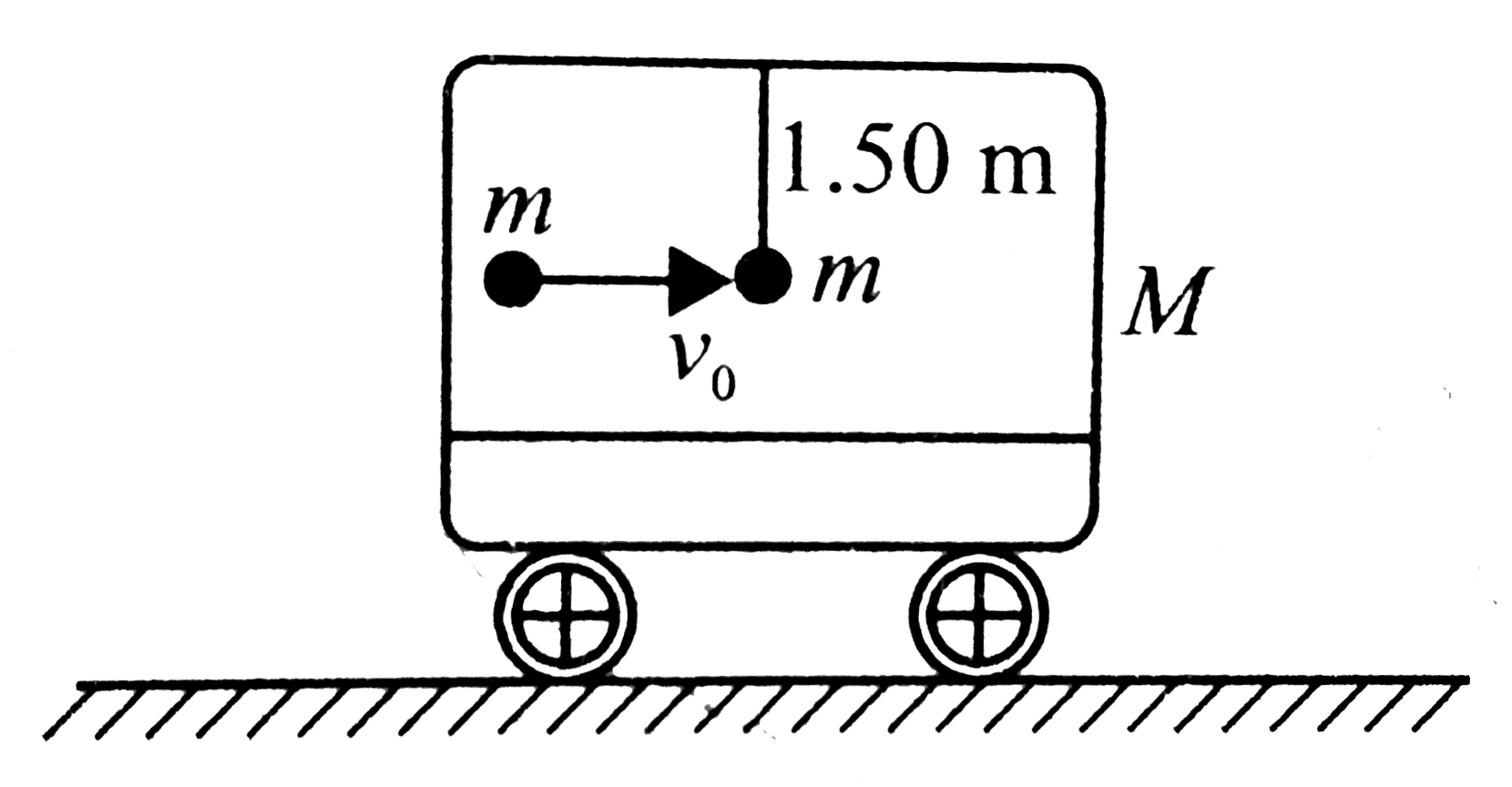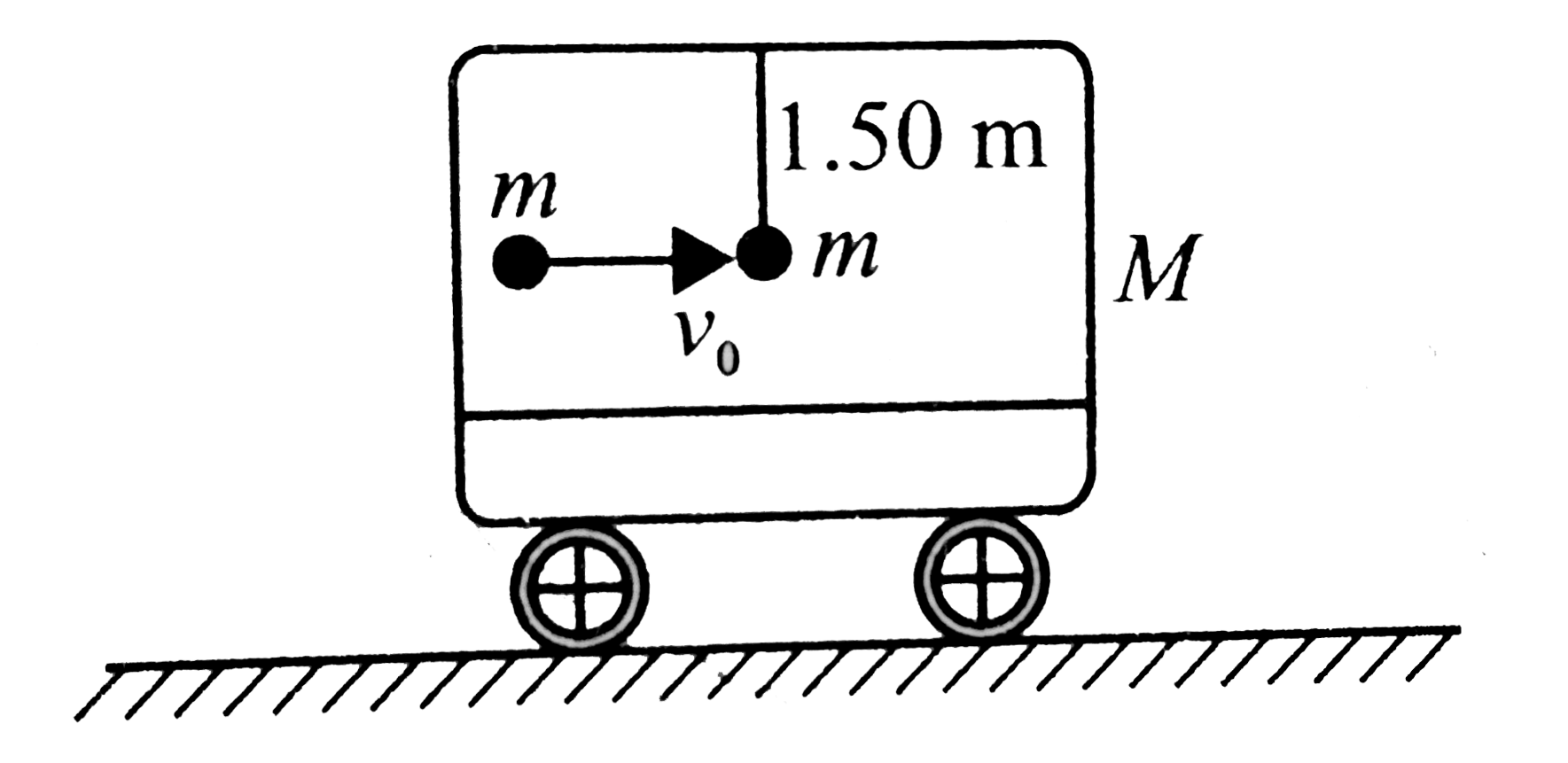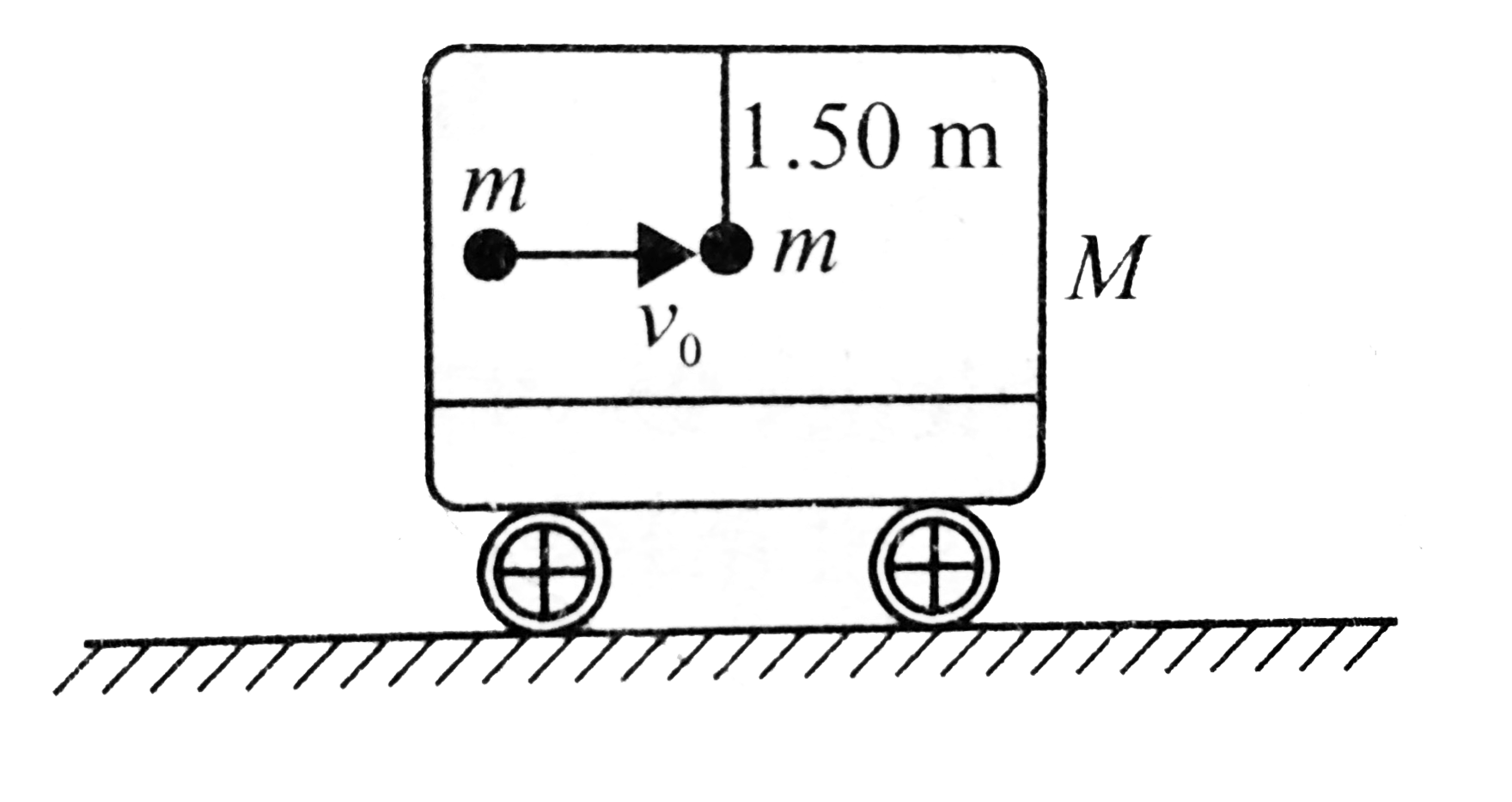A sedentary sea anemone gets attached to the shell lining of hermit crab. The association is
Commensalism
Amensalism
Ectoparasitism
Symbiosis
The correct Answer is:D
To determine the type of association between a sedentary sea anemone and a hermit crab, we can analyze the relationship step by step.
1. Identify the Organisms: The two organisms involved in this association are the sea anemone and the hermit crab. The sea anemone is a sedentary organism that attaches itself to the shell of the hermit crab.
2. Understand the Nature of the Relationship:
- The sea anemone benefits by gaining mobility and access to food as the hermit crab moves around.
- The hermit crab benefits from the presence of the sea anemone as it provides protection from predators due to the stinging cells of the anemone.
3. Evaluate the Types of Associations:
- Commensalism: One organism benefits while the other is neither helped nor harmed. This does not apply here since both organisms benefit.
- Amensalism: One organism is harmed while the other is unaffected. This does not apply here as both organisms gain benefits.
- Ectoparasitism: One organism benefits at the expense of the other. This is not applicable since the hermit crab is not harmed.
- Symbiosis: A mutually beneficial relationship between two organisms. This applies here as both the sea anemone and the hermit crab benefit from the association.
4. Conclusion: The association between the sedentary sea anemone and the hermit crab is classified as symbiosis because both organisms gain benefits from their relationship.
Final Answer:
The association is symbiosis.
---
- The sea anemone benefits by gaining mobility and access to food as the hermit crab moves around.
- The hermit crab benefits from the presence of the sea anemone as it provides protection from predators due to the stinging cells of the anemone.
- Commensalism: One organism benefits while the other is neither helped nor harmed. This does not apply here since both organisms benefit.
- Amensalism: One organism is harmed while the other is unaffected. This does not apply here as both organisms gain benefits.
- Ectoparasitism: One organism benefits at the expense of the other. This is not applicable since the hermit crab is not harmed.
- Symbiosis: A mutually beneficial relationship between two organisms. This applies here as both the sea anemone and the hermit crab benefit from the association.
The association is symbiosis.
Topper's Solved these Questions
- ORGANISMS AND POPULATIONS Book:A2ZChapter:ORGANISMS AND POPULATIONS Exercise:SECTION-C PREVIOUS YEARS' EXAMINATION QUESTIONS (AIIMS questions )
Explore 21 Videos
- ORGANISMS AND POPULATIONS Book:A2ZChapter:ORGANISMS AND POPULATIONS Exercise:SECTION-C PREVIOUS YEARS' EXAMINATION QUESTIONS (ASSERTION AND REASON TYPES QUESTIONS)
Explore 9 Videos
- ORGANISMS AND POPULATIONS Book:A2ZChapter:ORGANISMS AND POPULATIONS Exercise:SECTION-C PREVIOUS YEARS EXAMINATION QUESTIONS
Explore 1 Video
- MOLECULAR BASIS OF INHERITANCEBook:A2ZChapter:MOLECULAR BASIS OF INHERITANCEExercise:Section D: Chapter -end Test
Explore 50 Videos
- PRINCIPLES OF INHERITANCE AND VARIATIONBook:A2ZChapter:PRINCIPLES OF INHERITANCE AND VARIATIONExercise:SECTION A : TOPICWISE QUESTIONS ((TOPIC 1: MENDEL'S LAW OF INHERITANCE)
Explore 22 Videos
Similar Questions
Name the interaction in each of the following:
(a) Cuckoo lay: her eggs in the crew’s nest.
(b) Orchid grows on a mango tree.
(c) Ticks live on the skin of doze. \ (d) Sea anemone in often found on the shell of hermit crab?
View SolutionWhat type of relationship exists between sea anemone and hermit crab .
View Solution
Knowledge Check
A sedentary sea anemone gets attached to the shell lining of hermit crab. The association is
ACommensalismBAmensalismCEctoparasitismDSymbiosisA ball of mass in m=1kg is hung vertically by a thread of length l=1.50m. Upper end of the thread is attached to the ceiling of a trolley of mass M=4kg. Initially, the trolley is stationary and it is free to move along horizontal rails without friction. A shell of mass m=1kg, moving horizontally with velocity v0=6m/s collides with the ball and gets stuck with it. As a result, the thread starts to deflect towards right.

At the time of maximum deflection of the thread with vertical, the trolley will move with velocityA2m/sB3m/sC1m/sD4m/sA ball of mass in m=1kg is hung vertically by a thread of length l=1.50m. Upper end of the thread is attached to the ceiling of a trolley of mass M=4kg. Initially, the trolley is stationary and it is free to move along horizontal rails without friction. A shell of mass m=1kg, moving horizontally with velocity v0=6m/s collides with the ball and gets stuck with it. As a result, the thread starts to deflect towards right.

The maximum deflection of the thread with the vertical isAcos−1(45)Bcos−1(35)Ccos−1(23)Dcos−1(34)
The relationship between sea-anemone and hermit crab is called protocooperation.
View SolutionA ball of mass in m=1kg is hung vertically by a thread of length l=1.50m. Upper end of the thread is attached to the ceiling of a trolley of mass M=4kg. Initially, the trolley is stationary and it is free to move along horizontal rails without friction. A shell of mass m=1 kg, moving horizontally with velocity v0=6m/s collides with the ball and gets stuck with it. As a result, the thread starts to deflect towards right.

The velocity of the combined body just after collision is
View SolutionA: The interaction between sea anemone and down fish is commensalism.
R: The fish gets protection from predators but anemone does not appear to derive any benefit.
View SolutionFollowing passage and give the answer.
The Kingfisher is a bird that gets its name because it truly is a king among the fish catching birds. In catching fish it sits on a limb of a tree that hangs over a stream, looking into the water beneath. Then, as it sights a fish, it drops like a stone the water. Seconds later it pops up with the fish in its bill. In addition to fish, it eats worms, crabs and shell-fish. It is found mostly near the fresh water streams of Europe and North America. The Kingfisher's cry is dhrill and piercing. The North American Kingfisher, is called the belted Kingfisher because of a belt of blue feathers across its white breast It is larger than the European variety.The European Kingfisher is a beautiful bird. Its feathers are bright blue, orange, deep red, pink and green
The opposite of 'polluted' is
View SolutionFollowing passage and give the answer.
The Kingfisher is a bird that gets its name because it truly is a king among the fish catching birds. In catching fish it sits on a limb of a tree that hangs over a stream, looking into the water beneath. Then, as it sights a fish, it drops like a stone the water. Seconds later it pops up with the fish in its bill. In addition to fish, it eats worms, crabs and shell-fish. It is found mostly near the fresh water streams of Europe and North America. The Kingfisher's cry is dhrill and piercing. The North American Kingfisher, is called the belted Kingfisher because of a belt of blue feathers across its white breast It is larger than the European variety.The European Kingfisher is a beautiful bird. Its feathers are bright blue, orange, deep red, pink and green
Find out the word from the text which means 'a small current of water'.
View Solution